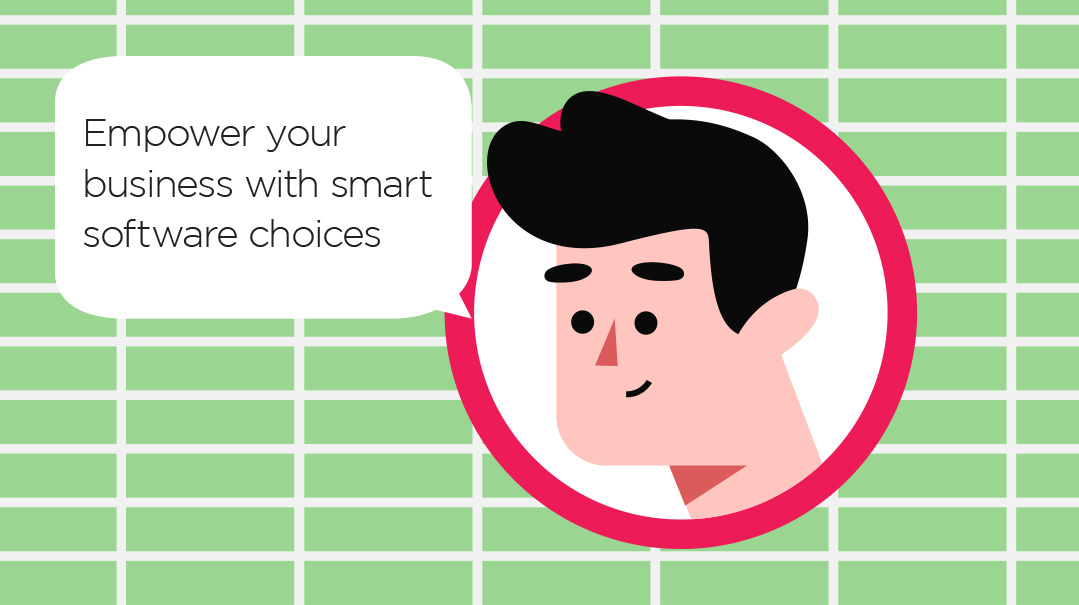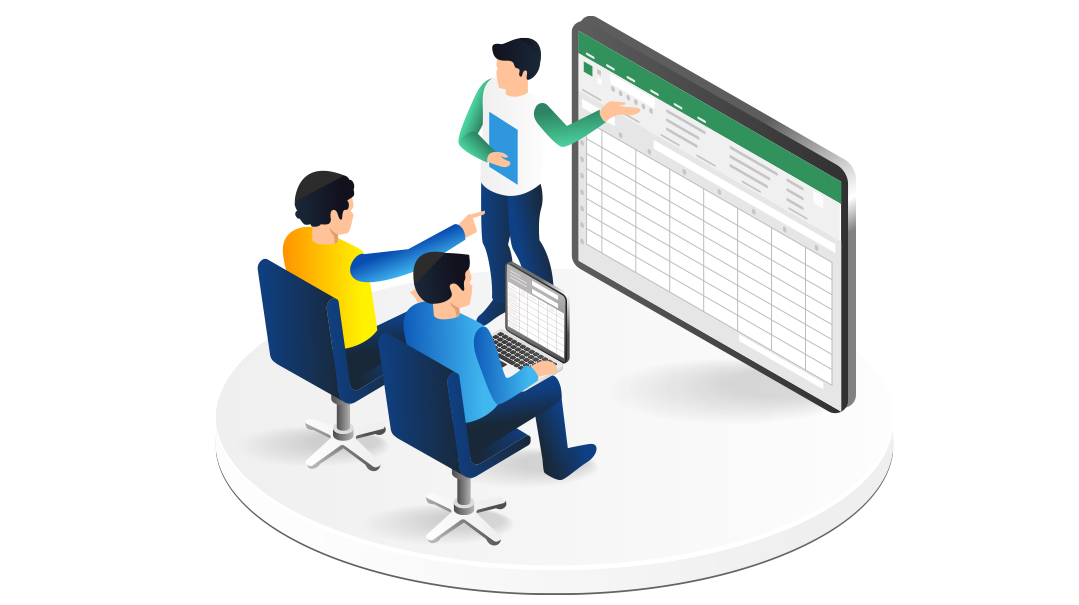Software Savvy: Part 11
| April 30, 2024Empower your business with smart software choices

“The kitchen’s a real showstopper, but the bedrooms are a bit snug,” I commented to the real estate agent guiding us through the house.
When we finished touring the home, we made up to be in touch the next day. Before we left, Dov, the agent, turned back to me.
“I told Aron, my boss, that I’d be seeing you today, and he asked if he could call you for some software advice.”
“Sure,” I agreed.
Later that day, Aron called. I was happy to help and hopefully get on his really good side; we really needed to find a house, and the pickings are slim these days.
“We used to rely on a CRM to handle our leads and clients, but our new customer service team is feeling a bit lost with all its capabilities. It’s like a smartphone when all you need to do is make a call. Also, once we assign a client to an agent, we have a different program that the agents use. It feels like double the work for nothing. Is there a simpler way to manage our leads without all the CRM baggage?” he asked.
*
I was super focused on putting the finishing touches to my latest project for a client when the phone rang. I’d been totally absorbed in the complex logic needed to connect a couple of platforms for the law office I was doing work for, and the ringing startled me.
“Hello, have I reached TidyStack?” said a very professional secretarial-sounding voice.
“Umm, yes,” I started, still coming out of my software daze, before castigating myself that while I am not actually the company’s secretary, I should probably try to come across as more confident to this woman who clearly makes phone calls for a living. “Yes, you have reached one of the software implementers at TidyStack. How can I help you?” That sounded better, I hoped.
“I work for an accounting firm, and we share an office space with the law firm that you’re currently doing work for. I heard about what you’re doing for them, and I was wondering if we can discuss doing something similar.”
That’s how I found myself drinking another Nespresso in the same beautiful office building, just on the other side of the hall.
“We don’t have software as sophisticated as the law firm’s,” Nava, the accountant’s executive assistant, started off. “I would say that we probably need to start from the beginning and set up an entirely new system. Our question is if we should use an all-in-one system, or if we should set up separate systems for our different teams within the company and connect them.”
I smiled. I love a question that gets at the foundations.
“Great question!” I answered, “Let’s take a step back and discuss the pros and cons of each.”
All-in-One vs. Connected Software
The term “all-in-one software” generally refers to a software platform that has many different functionalities, and different pages that can be used for different things. For example, if you need a CRM (client relationship management system) and a project management system, you can use an all-in-one software that has both, like Zoho or Odoo. The same program would have two separate tabs within one system, one tab for the CRM and the other tab for the project management.
There are a few different platforms that can be used as all-in-one software. They generally have many different apps that connect to each other, and you can choose which of the apps you’re going to be using.
Why would you use all-in-one software?
First of all, it’s convenient to have all of your software in one place. Instead of needing to sign in to many different apps to do your work, everything is in one place — one sign in, one tab open on your computer, one place where it’s all at.
Secondly, all of the different apps are connected to each other, so data transfers and automations that include multiple parts of the system can be set up easily.
Also, it often comes out cheaper to pay for one big all-in-one system rather than for multiple specialized software packages.
Nava had been listening intently to my explanation, but now she perked up.
“This sounds great! It sounds so simple — use software that works for all of the processes in your company and keep everything tied together in one place,” she said. “And if it’s also cheaper, that’s the cherry on top! Why would anyone do anything different?”
I chuckled. “I’m glad you’re convinced, but now you need to hear the flip side of the story. Then you can make a proper decision.”
The pros of using multiple, different connected platforms:
When you go the route of using a few different applications and connecting them, you retain the choice of which software to use for each piece that you need. And although it requires making a few decisions, as opposed to choosing one platform for the all-in-one option, it also means that you can choose the top platform for each need.
For example, if you need an ESP (email service provider), project management software, and a billing system, you can choose the top platform in each of those categories.
Although connecting software may require a more complex set-up, once it’s set up, the integration works just as smoothly as the connection between parts of an all-in-one system.
Meaning, if you’re using three different platforms for your three unique needs and you connect them (using APIs, as discussed in a previous column), you’ll be able to transfer data between software and use automations that work in multiple platforms. For example, if you’re emailing customers who haven’t purchased anything in six months with an offer code, the ESP can pull the data as well as the email addresses, and you’ll send the email there. The ESP will give you the best possible tracking and segmentation that an all-in-one platform can’t match.
“I’m still not really convinced about the second option. Why don’t you tell me the cons of each?” Nava sounded confused.
I smiled. “Honestly, the cons of each option are just the pros of the other. Let’s rephrase it simply.”
All-in-one platforms:
have all of your software in one place; you only need to sign into one account.
enable data transfer setup, and automation setup is done easily.
are often cheaper
BUT:
Because software companies that create all-in-one systems need to work so hard to create software that can do so many different things, each piece of the system may not be quite as innovative and top-of-the-line as software that was made to do only one thing.
(Originally featured in Mishpacha, Issue 1009)
Oops! We could not locate your form.







